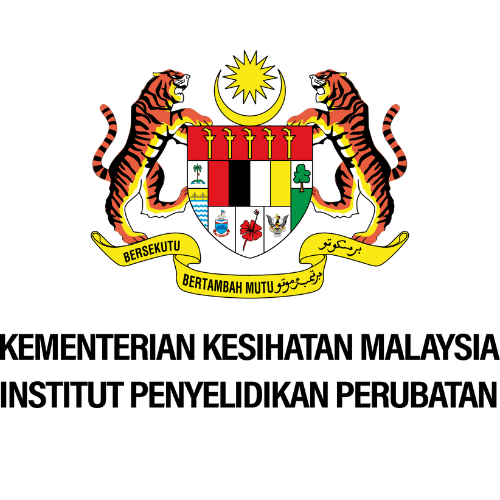Eriosema chinense J.R.T. Vogel
Family
Leguminosae
Synonyms
Dolichos biflorus auct. non L.
Vernacular Names
|
Indonesia |
Katil. |
|
Philippines |
Katil, okun (Igorot), kitkitil (Bontok). |
|
Cambodia |
Te:l, te:l tueng’. |
|
Laos |
Kh’o:nz ko:ng. |
|
Thailand |
Man chaang, man thong (Peninsular), haeo praduu (Central), khon klong (Southeastern). |
|
Vietnam |
Mao t[uwr] trung qu[oos]c. |
Geographical Distributions
Eriosema chinense is found from India, eastward to Burma (Myanmar), China, Taiwan, Indo-China, and Thailand, southward through Malaysia and to northern Australia. It is also found in the Philippines, Peninsular Malaysia, Java and New Guinea.
Description
Eriosema chinense is an annual or perennial, erect herb that can grow up to 12-50(-90) cm tall. It is not or sparingly branched, with cylindrical tuber, which measures up to 3 cm x 5 cm.
The leaves are arranged alternate and 1-foliolate. The stipules are linear, 4-5(-10) mm long and persistent. The leaflet is oblong to linear, measures 1-8 cm x 0.3-2 cm, rounded at base, acute or acuminate at apex, with long hairs on margin and midrib, sparsely hairy above and densely pubescent below.
The petiolule is 1-3(-10) mm long. The inflorescence is an axillary pseudoraceme, 6-15 mm long and 1-3-flowered. The flowers are papilionaceous and about 7 mm long. The sepal is bell-shaped, 5 lobed, hairy, with tube 2 mm long and narrow-triangular lobes 2-3 mm long. The petal is pale bright yellow, sometimes tinged purple, with standard small lobe or ear, oblong wings and is longer than the keel-petals. There are 10 stamens, which are diadelphous. The ovary is 2-ovulate.
The fruit is a cylindrical pod, which measures 10-12 mm x 5-8 mm, 1-2-seeded, brown to black, covered with long brown to grey hairs and dehiscent. The seed is kidney-shaped, 2-4 mm long, minutely pitted and arillate along the width.
Ecology / Cultivation
Eriosema chinense is found in habitats ranging from coniferous and open broadleaf forests, savannas, grasslands and roadsides on sandy soils up to 1500(-2000) m altitude.
Line Drawing / Photograph
References
1. Plant Resources of South-East Asia No.12(2): Medicinal and poisonous plants 2.




